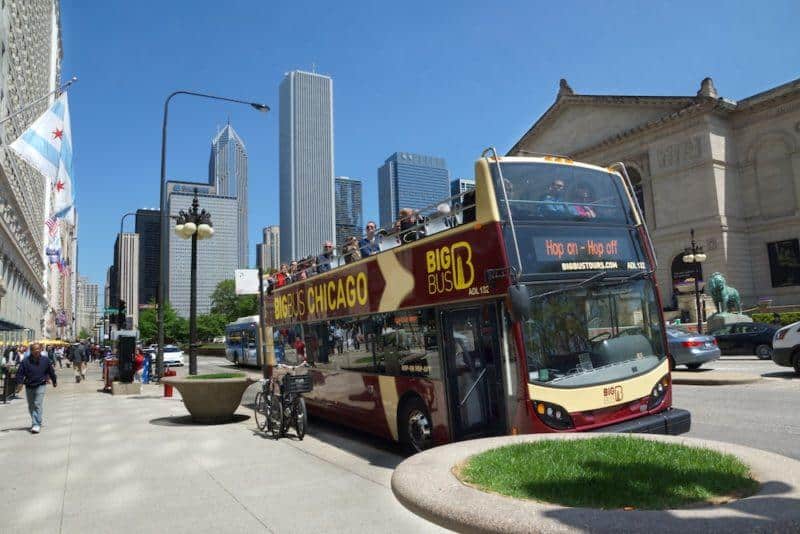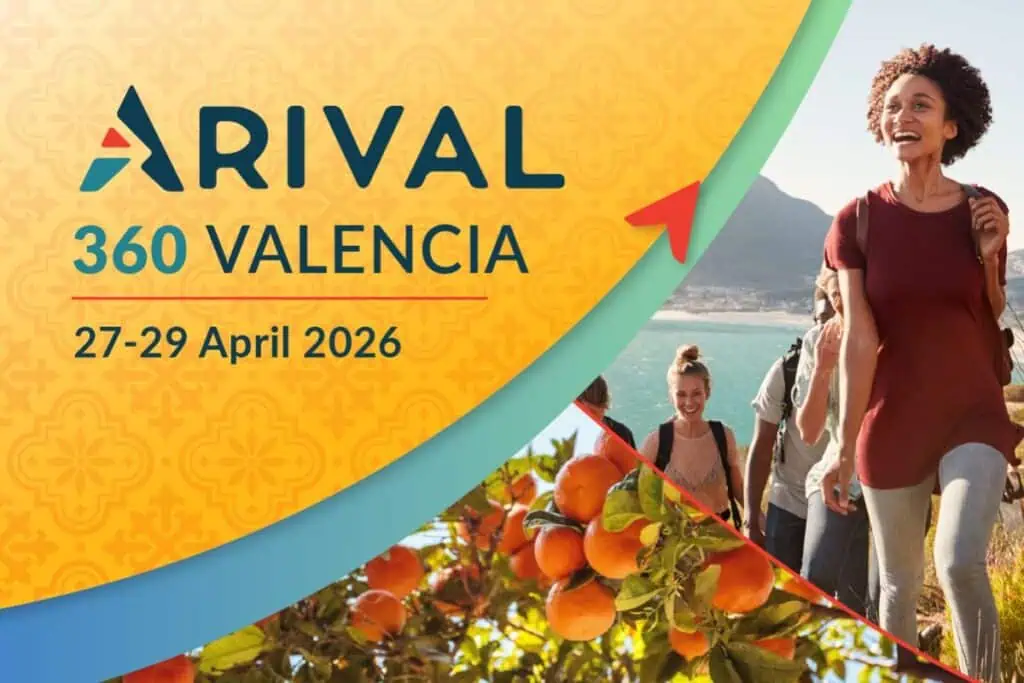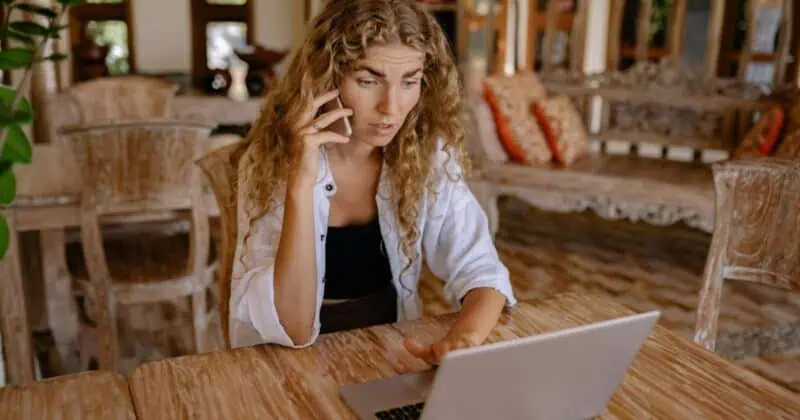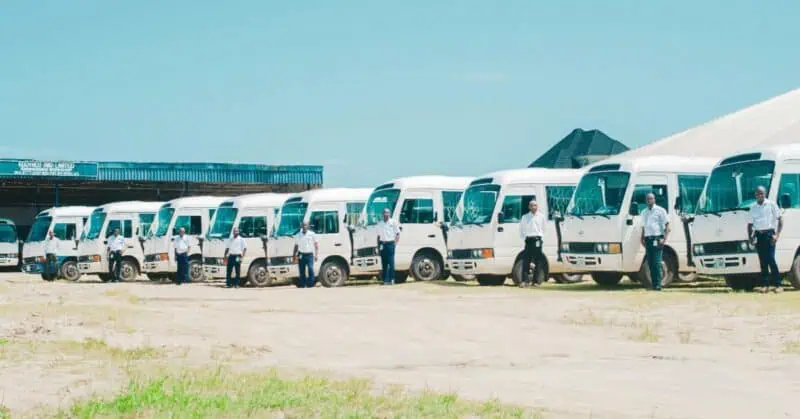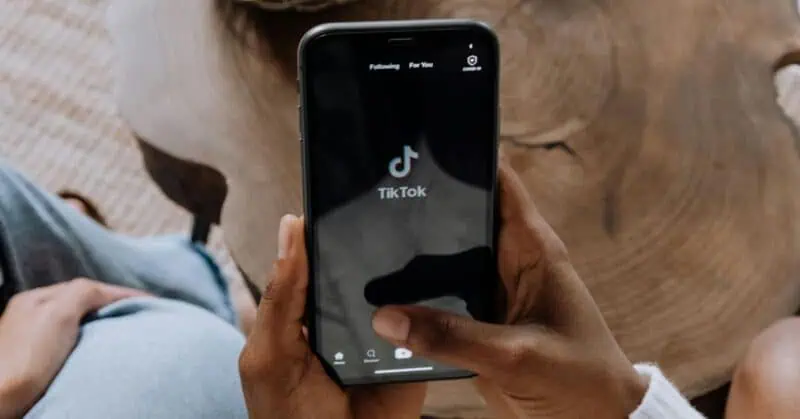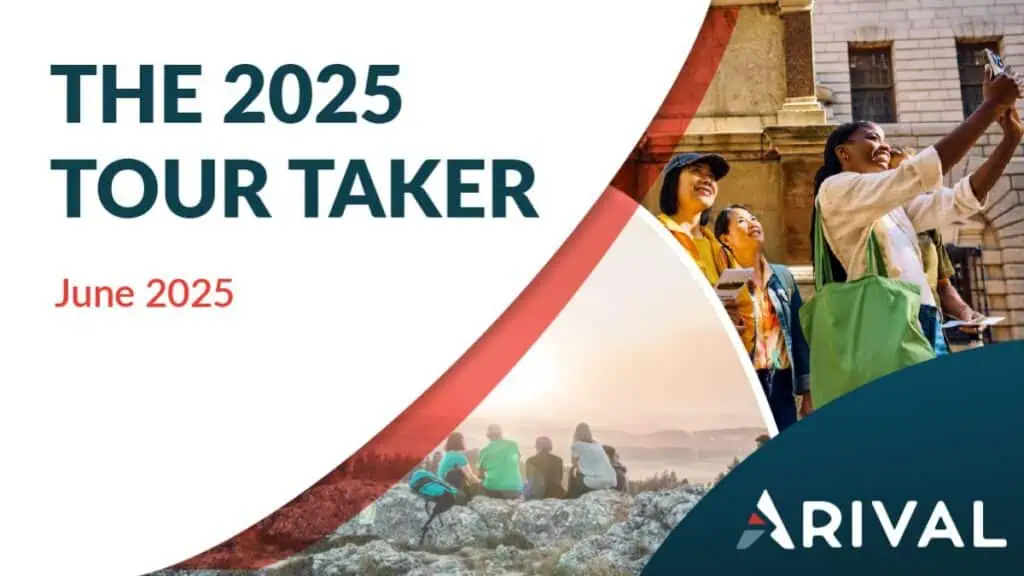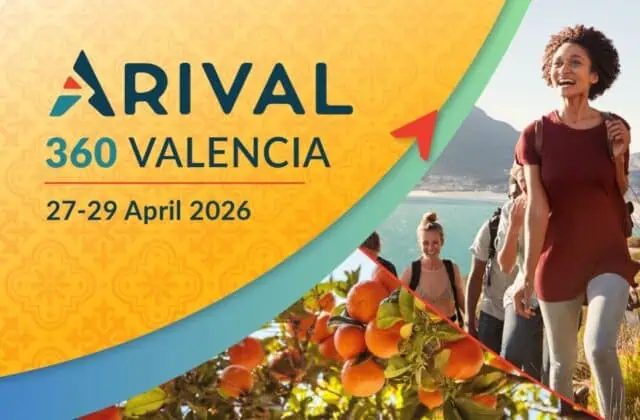Earlier this month, Big Bus, one of the largest bus tour companies worldwide, released a 16-point plan for hygiene and social distancing to its industry partners. The steps will make for some significant changes in how the company, famous for its dark red open-top, double-decker buses, runs its tours.
We have published the industry letter below. We caught up with John Curran, vice president, and general manager for Big Bus in Chicago, on what the new procedures mean for their business.
Douglas Quinby: Some of the steps seem conditional based on local regulations. What do you see across your different markets? Is regulation pretty uniform, or all over the map?
John Curran: Regulation can be quite different in each country. In Singapore, for example, you must wear a mask anytime you leave your house. But social distancing guidelines in Singapore and Hong Kong are only 1 meter; in Sydney 1.5 meters; in Europe, it’s 2 meters; and 6 feet here in the USA.
How are you approaching issues with recommendations for things, such as wearing masks, but not regulations?
We will err on the side of the employees and the customers. Our people need to feel safe when we restart. Our partners and resellers expect that we will deliver what we are telling them. The steps we are putting into place, like requiring masks, are common-sense ideas for our business.
At reduced capacity plus all of the added procedures, can you still make money? What steps are you taking to manage the business financially?
Great question because we have heard the airlines say they need 85% load factors to be profitable. Attractions and experiences have a broader range of capacity considerations for profit.
We’ve had to look at our businesses with forensic detail over the past few months to determine what is truly important. Among the key concepts were, what we need to do for survival, what we can do now that we couldn’t do before, and when is the right time to restart, and how?
We made some difficult decisions very early, related to reduced staffing. The businesses in our industry will not return as big as they were pre-pandemic. We also immediately canceled services – anything that we didn’t expect would be necessary during the closures. We felt it would be a few months before we saw a chance to return, and it looks to be playing out this way.
Within that darkness was an opportunity to do something we could not do with the same effectiveness as when operating. With zero sales in any city during the pandemic, we are changing our global point-of-sale system. We see lots of benefits to this change, including cost savings, better reporting, better API ability than we’ve had previously, and the new ability to sell tickets with time departures and capacity limits – something necessary in the new normal.
Like this? register for our Newsletter to continue the conversation
Sign UpAs we look to restart in each city, we see a difference between being able to restart, according to government guidance, and the right time to restart based upon the market opportunity. In Chicago, some tours are running now at government-mandated 25% capacity limits. I think those businesses see this as a marketing exercise to call people back to the city because they could potentially lose money at a rapid clip if operating costs exceed revenue. Admittedly, each situation is different such as 50 seats on the top deck of a bus vs. 250 seats on a boat and what it costs either business to operate that tour.
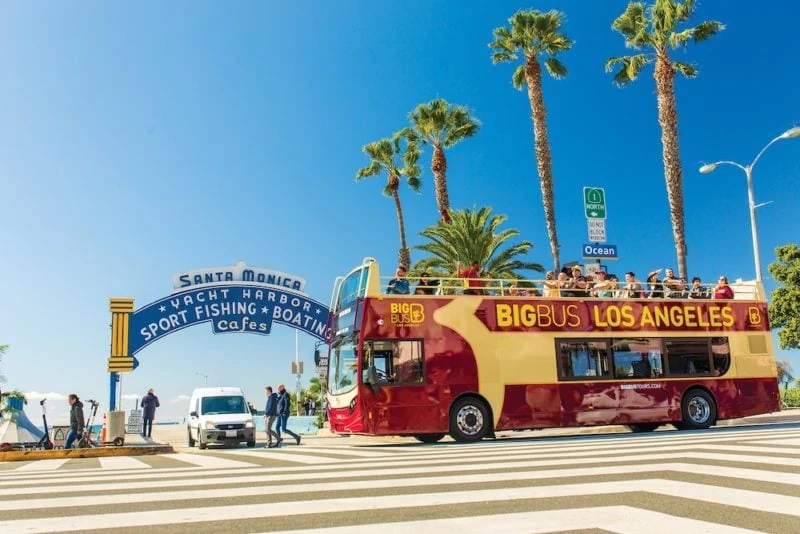
Major cost factors, such as PPP support or rent concessions, could help operating costs for an early opening. It isn’t easy to make assumptions on who can make money. But in Chicago, we in tours and attractions make our money in the summer, and that nest egg is intended to carry us through to winter. That will not happen this year, so we have a long view on cost control and revenue opportunity.
Knowing that we will launch our business in Chicago by offering only timed ticket departures and panoramic tours until we feel it appropriate to return to hop-on-hop-off service. This gives me significant cost-control abilities. The new POS system will show us the demand for specific times where previously, all tickets were “free sell”. In Chicago, we will evaluate the proper time to return to hop-on hop-off as we go.
In terms of the steps you have developed, what advice would you have for operators that run smaller vehicles (e.g., smaller buses or smaller boats, for example)?
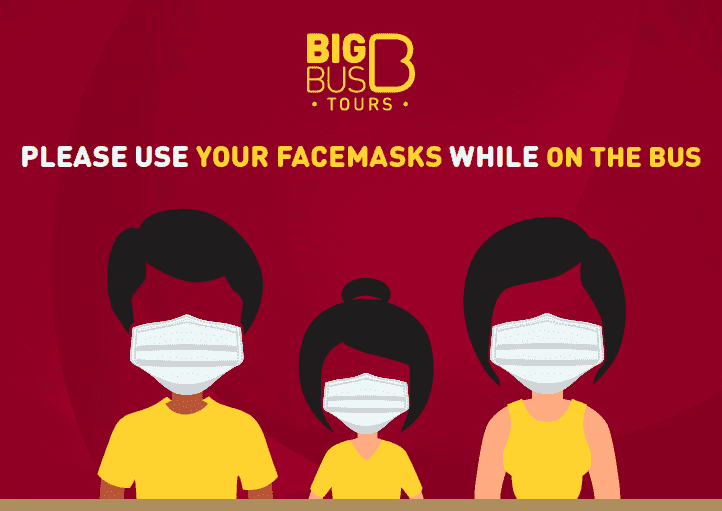
Take time to do the math. Since we have been closed, you have a good knowledge of your fixed costs each month (rent, insurance, utilities, etc.). When you restart, you will add variable costs such as wages, fuel, marketing, commissions. Grab a pad and paper or create a spreadsheet and layout all of your expected daily costs or costs per tour so that you know exactly how many customers you need to attract. It will be different from last year. If it looks like a realistic expectation of customers, you are good to go. If it is not, go back and cut costs but do so in a way that doesn’t sacrifice the experience. Set modest goals such as to lose less than you are losing now while closed, or even to generate a profit. Communicate your plans to your distributors. They are hungry for that information.
I am a pragmatic operator. I am managing for a long road to recovery, and if it is better, we can surely adjust up!
New Hygiene and Social Distancing Policies from Big Bus
At Big Bus Tours, our customers and staff’s safety is of paramount importance to us. As such, we have made changes to our operational and staffing practices. The changes seek to reduce the risk associated with the presence of COVID-19, as highlighted below. These are in line with World Health Organisation guidance, Government advice, and local health authorities’ requirements in the cities where we operate and may change without notice at any time as required.
- All Big Bus staff will undergo daily temperature checks before starting their duty, whether in the office, engineering, or front line customer-facing.
- All Big Bus staff will be required to complete Covid19 awareness training before returning to work
- All customer-facing staff will be required to wear face masks or visors/face shields during their daily duty
- All vehicles will operate at 50% capacity with alternate seats fitted with signage to respect social distancing.
- All vehicles will receive an increased level of daily clean, including the use of disinfectant solution in the cleaning process for all touchpoints, as well as touchpoint sanitization at the end of each tour
- Safe operating distances between customers not in the same group will be maintained wherever possible
- Customers will be required to wear a face mask at all times while on-board the vehicle if mandated by the local authority of the city, and one will be made available to them if they do not have one
- Hand sanitizers will be available for use for both customers and staff onboard our buses
- On-board / pre-board signage will advise customers to socially distance while waiting to board and while moving around the bus
- Customers will be encouraged to use their own earphones where possible, but if not available, single-use disposable headphones will be provided
- Maps and brochures will not be handed out on the service and customers are encouraged to download our Free Mobile App providing extended digital content including a map and live bus tracking
- Digital ticketing will be preferred where possible as it allows for contactless boarding from any of our departure points
- We have installed new hygiene screens on our buses to help physically separate customers from the driver
- Boarding and alighting will be completed through separate doors on the vehicle wherever possible
- We may require our customers to undergo a non-invasive temperature check as a condition of boarding. Any person displaying a high temperature associated with fever will not be permitted to board the bus.
- Customers who feel unwell prior to taking their tour with Big Bus should not join the tour and should contact the help desk to arrange to travel on an alternative date where possible.



